
Scientifica’s picks of the best neuroscience stories from February 2019
Scientifica’s picks of the best neuroscience stories from February include the biggest ever brain map of Alzheimer’s disease, discovery of a new form of brain communication and creation of the first stem cells that are invisible to the immune system. We hope you find these interesting too!
1. Natural Killer cells used to treat chronic pain by removing damaged nerves after injury
Natural killer cells play a role in removing damaged nerves after an injury, which helps healthy nerves to regrow, reducing nerve pain. In an international collaboration led by scientists at the University of Oxford, Natural Killer cells have been made more effective at removing damaged nerve fibres in mice.
It was found that when damaged fibres were better removed, the hypersensitivity of neurons that causes chronic pain was reduced. The researchers will next see if the treatment has the same effect in people.
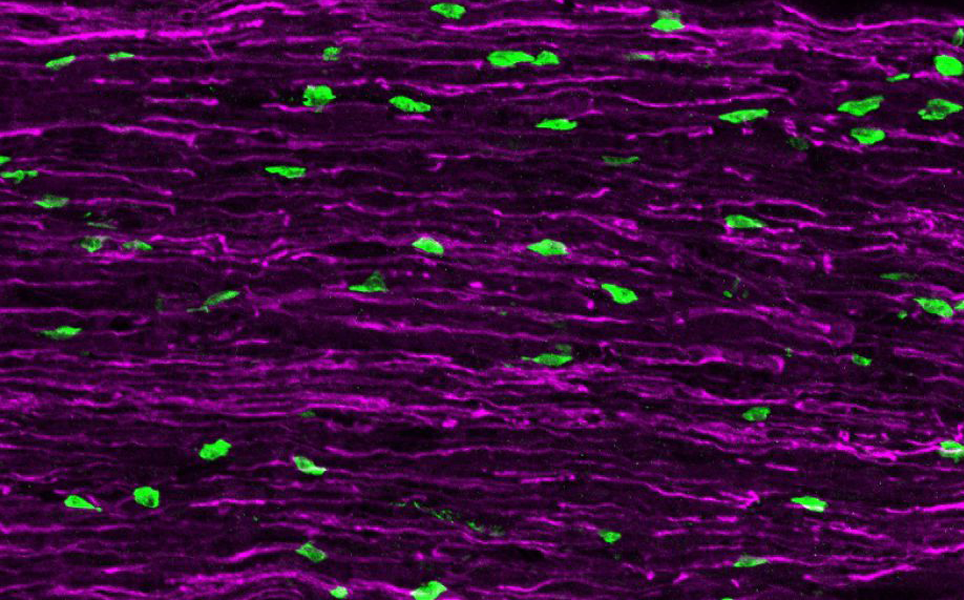
Treating chronic pain
2. Biggest ever map of human Alzheimer’s brain published
Researchers from the Universities of Manchester, Bristol, Liverpool and Auckland have published the biggest ever brain map of human Alzheimer’s disease.
The map was created using data from a study of the differences between healthy brains and the brains of those with Alzheimer’s disease. The researchers mapped the relative levels of over 5,825 distinct proteins across six regions of the brain and generated 24,024 data points.
During the study, the researchers found new molecules that were previously not associated with Alzheimer’s disease, which could be potential new drug targets.
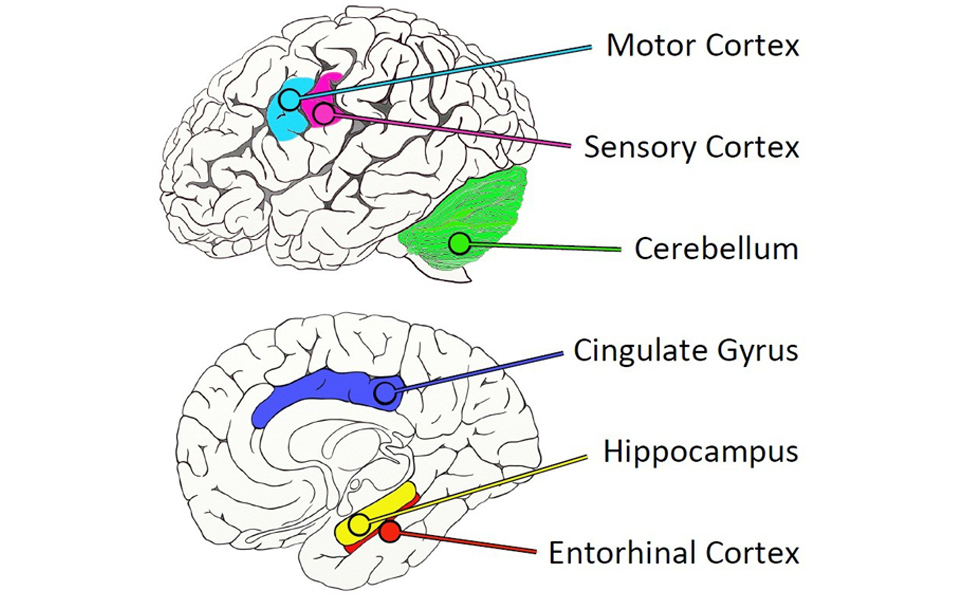
More about the brain map
3. Learning transistor mimics the brain
Scientists at Linkoping University have developed a new transistor based on organic materials that has the ability to learn.
The transistor is able to create a new connection between an input and an output. While it is at work, the channel in the transistor can be formed, grown, shrunk or completely eliminated, as it is made of an electropolymerized conducting polymer. Short-term and permanent changes to how the transistor processes information can be induced. These properties enable the transistor to mimic behaviour of a synapse or communication between two brain cells.
Mimicking brain behaviour
4. Neurons on nicotine
A team of scientists have developed a protein sensor that glows in the presence of nicotine. This has allowed researchers to see the movements of nicotine in cells and understand more about nicotine addiction.
The researchers at Caltech discovered that nicotine not only binds to nicotinic receptors on the surface of cells, but also binds to receptors that are still in the endoplasmic reticulum, which is where they are made in the cell.
Nicotine affects the receptors during their assembly and causes more receptors to move to the cell surface, making someone more sensitive to nicotine.
The scientists are also developing biosensors for other drugs, including opioids and antidepressants.
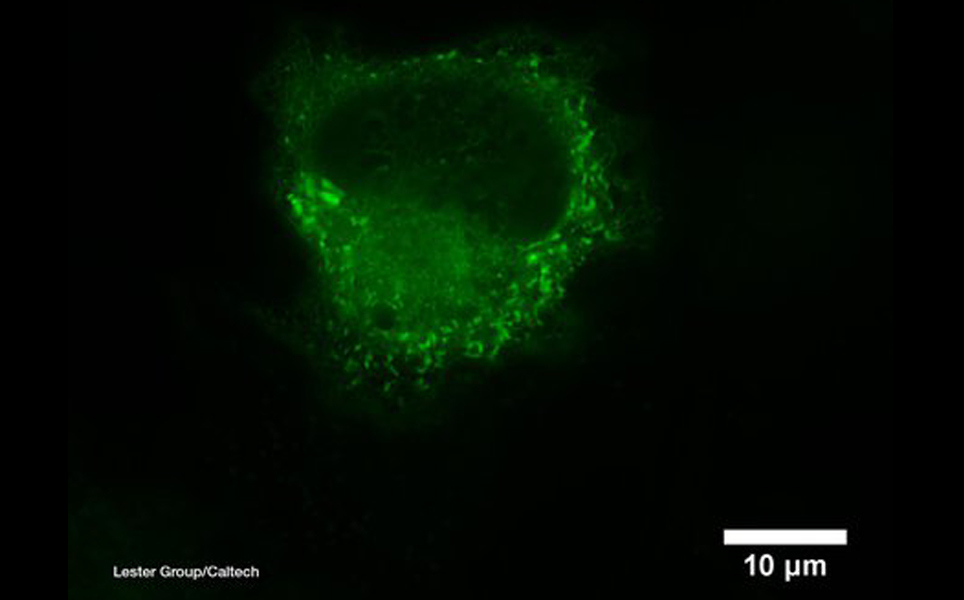
Investigating addiction
5. New findings could make mosquitoes more satisfied—and safer to be around
Researchers at Rockefeller University have found a way to stop female mosquitoes from feeling the need to bite people.
The scientists studied female Aedes aegypti mosquitoes who are strongly attracted to human beings, as human blood contains the protein they need to produce their eggs. Once mosquitoes are fed and bloated, their attraction to human blood decreases and they have little interest in blood for several days.
It was discovered that the mosquitoes could be injected with neuropeptides, which activate specific receptors and give them the same feeling that they have just after they have eaten. This switched off the mosquitoes’ host-seeking behaviour, preventing them from biting humans.
This is a huge step in fighting global diseases that are spread by mosquitoes.

Satisfied and safer
6. Discovering a new form of communication in the brain
A previously unknown form of neural communication has been identified by researchers at Case Western Reserve University.
The researchers have found that the weak electric fields known to be produced when many neurons fire together are able produce their own electric fields and generate a self-propagating wave of activity. This wave of activity was discovered when the team saw a wave leap across a cut they had made in a brain tissue slice. Further experiments confirmed that this is a previously undiscovered form of neural communication.
Find out more
7. CRISPR gene editing makes stem cells ‘invisible’ to the immune system
The CRISPR-Cas9 gene-editing system has been used by scientists at UC San Francisco to create the first pluripotent stem cells, which can mature into any type of tissue, that are ‘invisible’ to the immune system.
The researchers altered three genes to enable the induced pluripotent stem cells (iPSCs) to be transplanted into mice who had not been histocompatibility matched and had fully functional immune systems, without initiating an immune response.
The success of these stem cell transplants in the lab is a major advance for stem cell therapies.
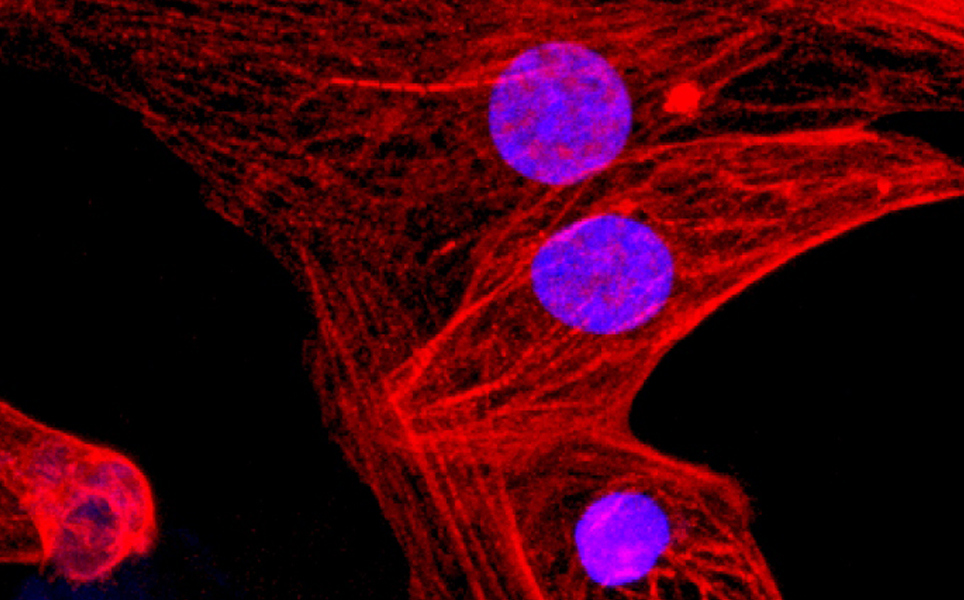
Invisible stem cells
8. A prosthetic that restores the sense of where your hand is
A next-generation bionic hand has been developed by researchers from EPFL, the Sant'Anna School of Advanced Studies in Pisa and the A. Gemelli University Polyclinic in Rome.
By stimulating nerves in the amputee’s stump, the bionic hand enables amputees to have a subtle, almost natural sense of touch. Amputees are also able to sense where the prosthetic hand is during and after movement.
The prosthetic hand allows patients to reach out for an object and determine it’s shape, position and size without looking at it, making the hand feel more natural to use.
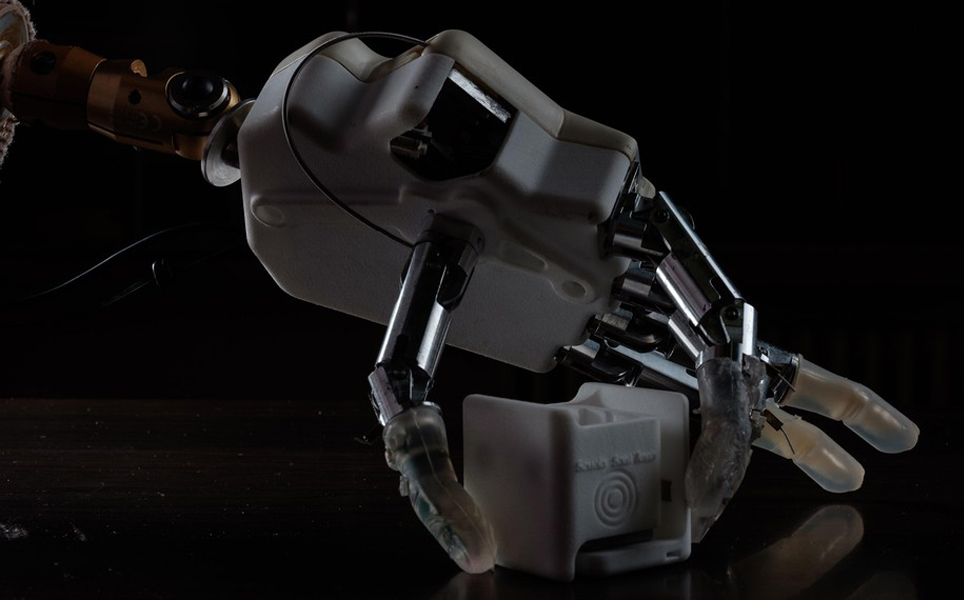
Restoring sense of touch
9. Researchers create organoid of a brain region to study cognitive disorders
Scientist at Yale University created an organoid of the thalamus and fused it with an organoid of the frontal cortex, to enable them to study the interactions of these regions in a lab dish.
The organoids were created from stem cells taken directly from patients and are being used to study epilepsy, autism spectrum disorder, schizophrenia and depression. This could enable specific structural changes for each patient to be identified and even personalised treatments to be developed.
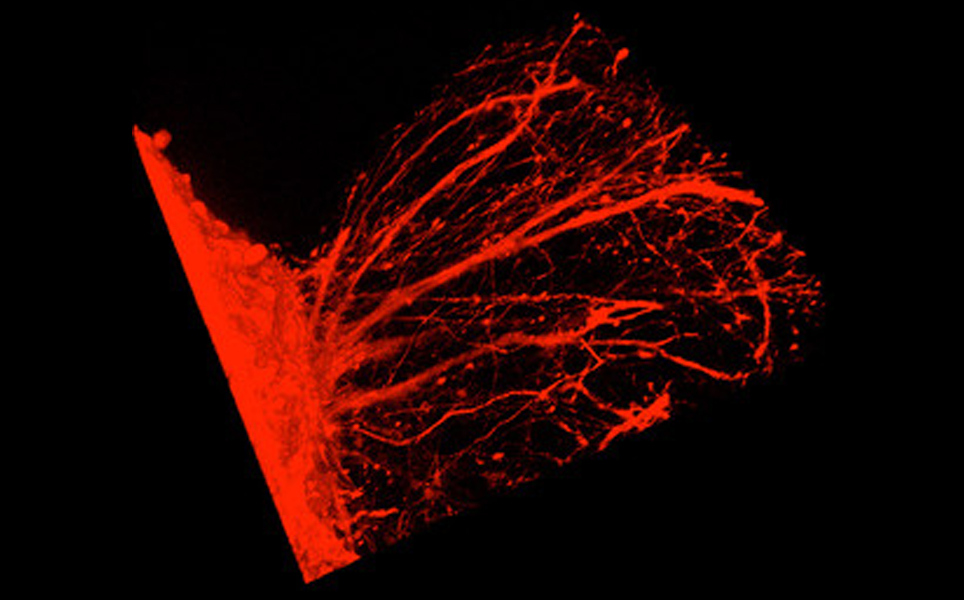
Learn more
10. Robust and specific gene regulation tool developed for primary brain neurons
A molecular biology tool that can selectively turn on genes in neurons has been developed by scientists at the University of Alabama at Birmingham. The tool can increase the expression of a single gene or multiple genes at the same time, with the amount that gene expression is increased being controlled.
The tool uses CRISPR-based technology and has been successfully delivered to neurons growing in a dish, as well as neurons in the brains of living rats. Selectively increasing gene expression in this way enables researchers to investigate the roles of genes by seeing which proteins increase in production when gene expression is increased.
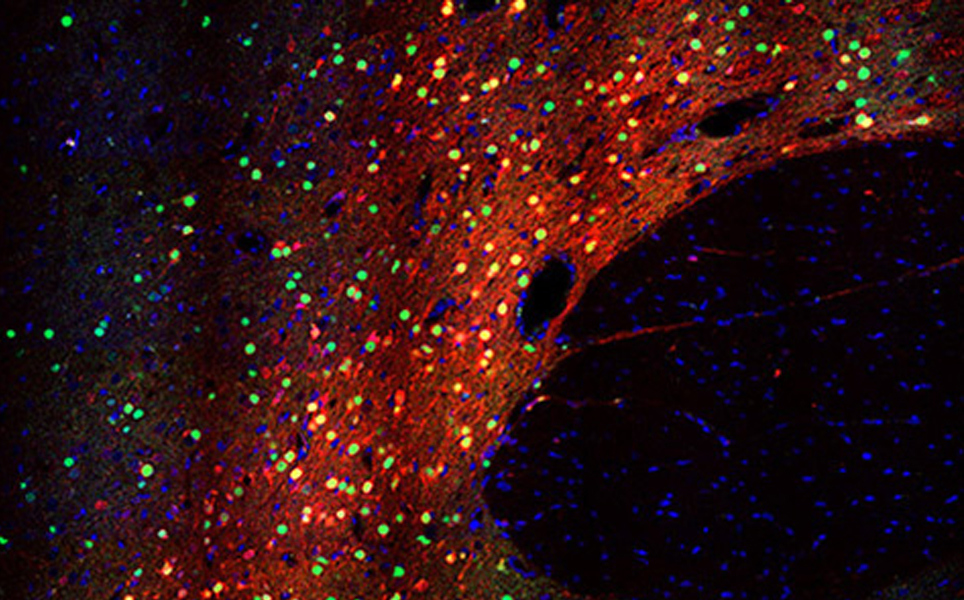
Selective gene expression
Take a look at the previous top neuroscience stories...
Find out about Scientifica's latest product releases, company news, and developments through a range of news articles, customer interviews and product demonstration videos.

)